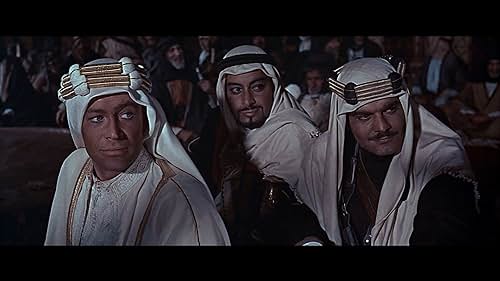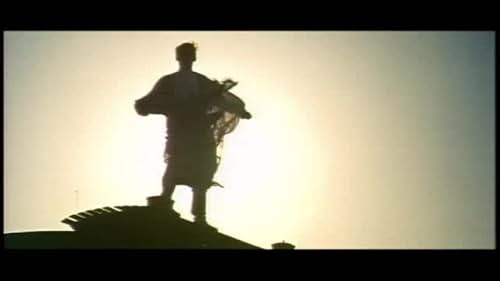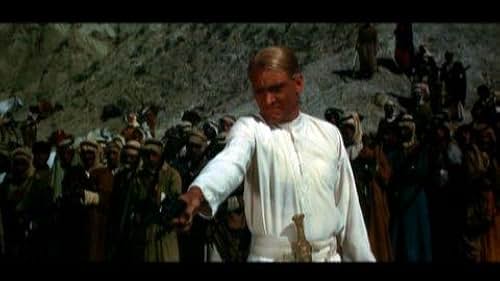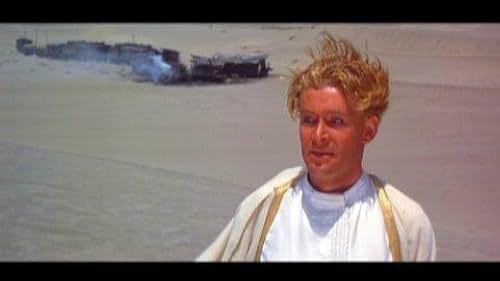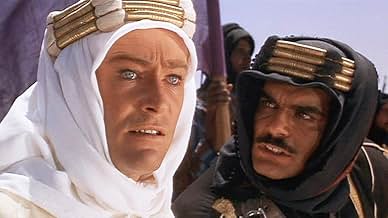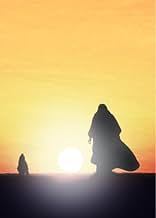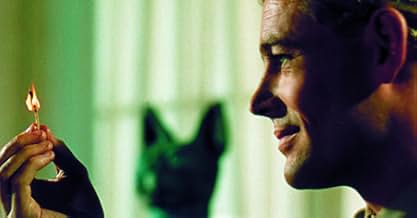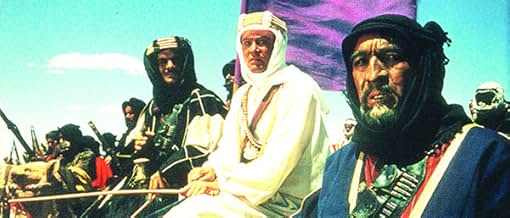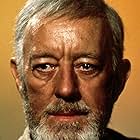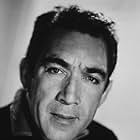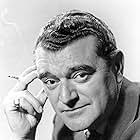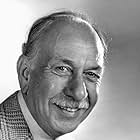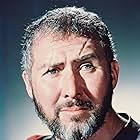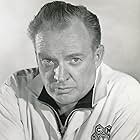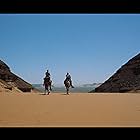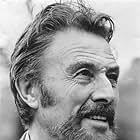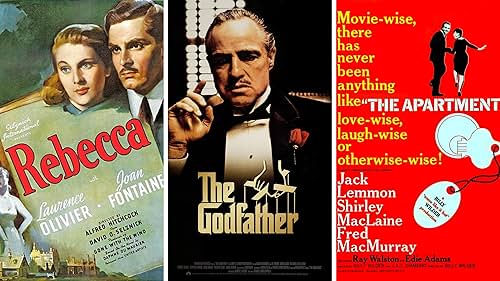The story of T.E. Lawrence, the English officer who successfully united and led the diverse, often warring, Arab tribes during World War I in order to fight the Turks.The story of T.E. Lawrence, the English officer who successfully united and led the diverse, often warring, Arab tribes during World War I in order to fight the Turks.The story of T.E. Lawrence, the English officer who successfully united and led the diverse, often warring, Arab tribes during World War I in order to fight the Turks.
- Won 7 Oscars
- 31 wins & 14 nominations total
- Turkish Bey
- (as Jose Ferrer)
- Medical Officer
- (as Howard Marion Crawford)
- Director
- Writers
- All cast & crew
- Production, box office & more at IMDbPro
Best Picture Winners by Year
Best Picture Winners by Year
Storyline
Did you know
- TriviaKing Hussein of Jordan lent an entire brigade of his Arab Legion as extras for the movie, so most of the film's "soldiers" are played by real soldiers. Hussein frequently visited the sets and became enamored of a young British secretary, Antoinette Gardiner, who became his second wife in 1962. Their eldest son, Abdullah II King Of Jordan, ascended to the throne in 1999.
- GoofsWhen Lawrence is being escorted across the desert on his way to Faisal's camp, his Bedu guide offers to share his food with him. Lawrence is somewhat reluctant but is anxious to show that, unlike other Brits, he is at one with the desert people. He reaches into the guide's proffered dish and takes a morsel - but with his left hand, and he does it twice. The Bedu shows no reaction, but he should: among the desert Bedouin tribes, who eat by hand, the left is kept away from the food as it is the hand with which they clean themselves after defecating. It could be that the guide is observing another Bedouin custom, that of warm hospitality and unstinting generosity to strangers, and is too polite to mention the gaffe (he would probably be aware that many outsiders do not know of the taboo), but it is more likely that it is a genuine error. Peter O'Toole is left-handed, and though he goes to great lengths throughout the rest of the movie to do things right-handedly (T.E. Lawrence was right-handed), this was probably a momentary lapse that no one noticed, or thought to mention.
- Quotes
[Lawrence has just extinguished a match between his thumb and forefinger. William Potter surreptitiously attempts the same]
William Potter: Ooh! It damn well 'urts!
T.E. Lawrence: Certainly it hurts.
Officer: What's the trick then?
T.E. Lawrence: The trick, William Potter, is not minding that it hurts.
- Crazy creditsThe opening credits read: Introducing Peter O'Toole as T.E. Lawrence. However, that "Introducing" credit is false as O'Toole had already played roles in Kidnapped (1960), The Day They Robbed the Bank of England (1960) and The Savage Innocents (1960).
- Alternate versionsThere are technically four versions of the film: the original 222 minute print, then cut to 202 minutes after its 1962 premiere, the 187 minute 1970 theatrical re-cut and the 228 minute including the overture, entr'acte music and play-out music in the 1988 restoration. Full details as follows: Originally released at 222 minutes for the UK premiere in December 1962. Shortly after premiere which took place in London in December 1962, David Lean, reportedly under the orders of producer Sam Spiegel, cut 20 minutes from the film to 202 minutes. Cuts included the shot of goggles on the tree, Brighton's "remarkable man" line to the priest, early shots of the drafting room scene, the whole officer's mess sequence where he's called a clown and upsets water on someone, and some dialogue between the General and Dryden. The 1970 theatrical re-release cut the film further to 187 minutes. The film was restored in 1988 at 228 minutes. This version, supervised by David Lean, was advertised as a Director's Cut and has been the version made available to home video formats since.
- ConnectionsFeatured in Hollywood: The Great Stars (1963)
- SoundtracksThe Man Who Broke the Bank at Monte Carlo
(uncredited)
Written by Fred Gilbert
Sung a-cappella by Peter O'Toole
Ignore David Lean's painterly technique, the way he fills the screen like a canvas. Ignore Freddie Young's stunning cinematography in fulfillment of Lean's vision. Ignore the fabulous score by Maurice Jarre. Ignore the stupendous cast. Ignore the topnotch script.
What we have, beyond all this, is an absolutely gripping and psychologically perplexing character study of a uniquely enigmatic individual that keeps us on the edge of our seats for the full length of the movie. "Lawrence", at over 200 minutes, goes by faster than many a movie of half its length, due to Lean's brilliant pacing and direction, and superb acting all around. To make a comparison in the world of music, this movie, like Mahler's 8th symphony, is a universe contained within itself.
Of course, it is an exercise in self-denial and philistinism to watch this movie in anything other than the wide-screen - or "letterbox" - format, due to Lean's complete use of every inch of the wide screen. To watch it otherwise is to miss half of Lean's intention.
To use a hackneyed phrase, they simply don't make 'em like this anymore.
Details
- Release date
- Countries of origin
- Official site
- Languages
- Also known as
- Lawrence de Arabia
- Filming locations
- Wadi Rum, Jordan(desert - red cliffs)
- Production company
- See more company credits at IMDbPro
Box office
- Budget
- $15,000,000 (estimated)
- Gross US & Canada
- $45,306,425
- Opening weekend US & Canada
- $20,846
- Sep 22, 2002
- Gross worldwide
- $45,764,288
- Runtime3 hours 47 minutes
- Color
- Sound mix
- Dolby Atmos
- Magnaphone Western Electric(original version)

